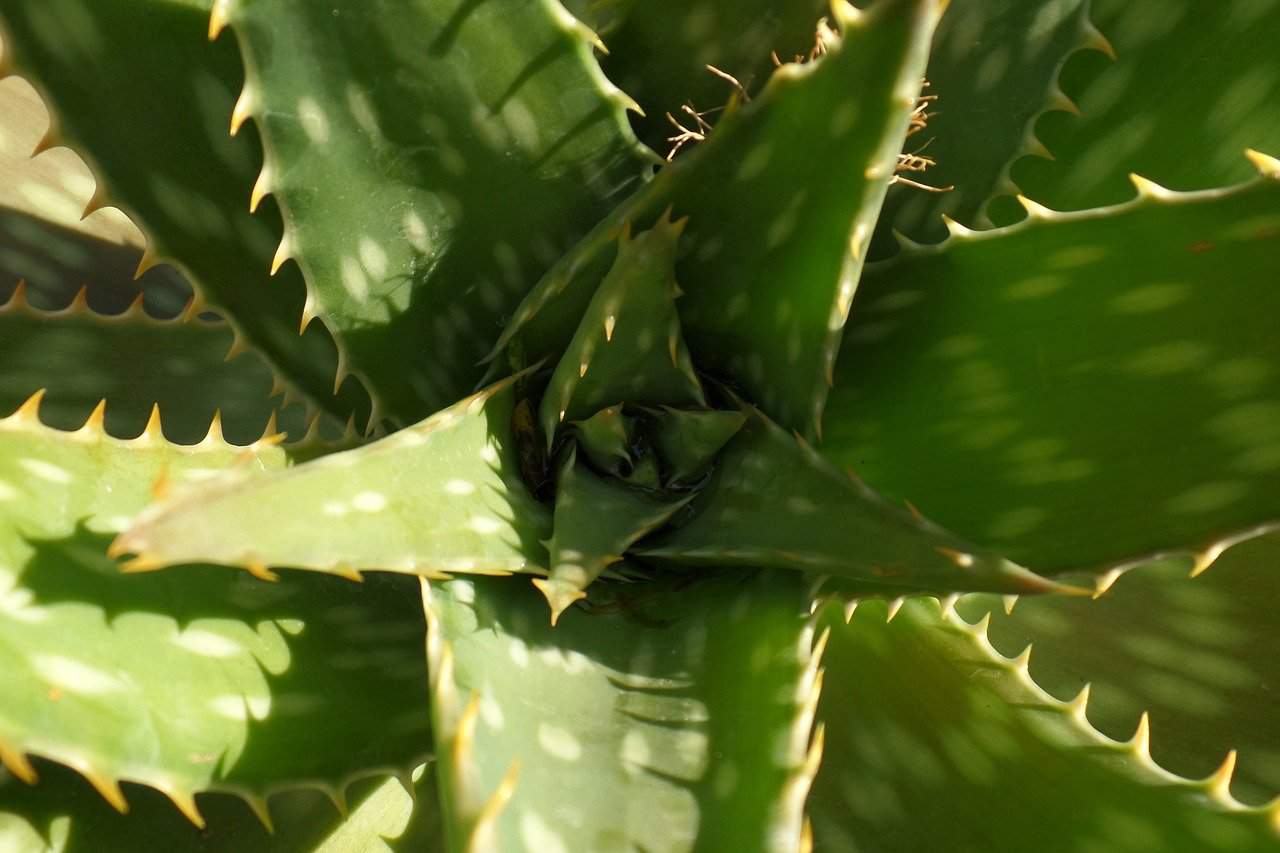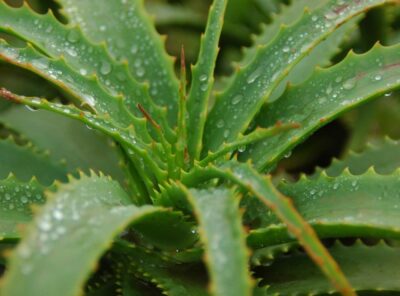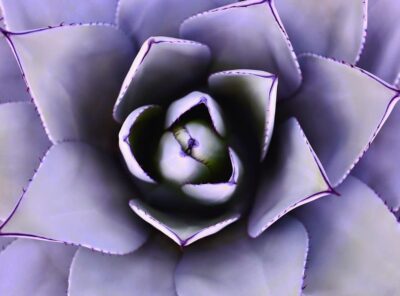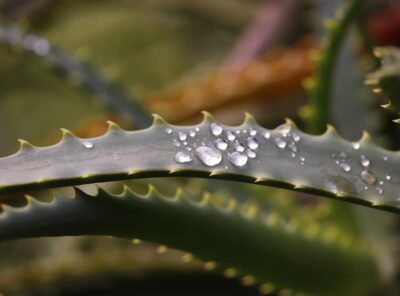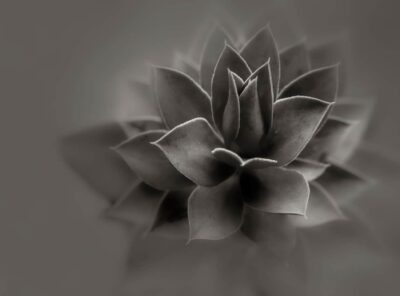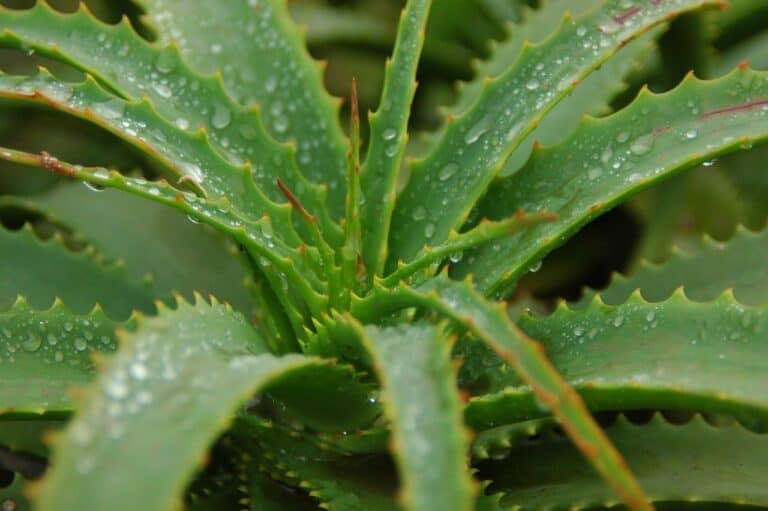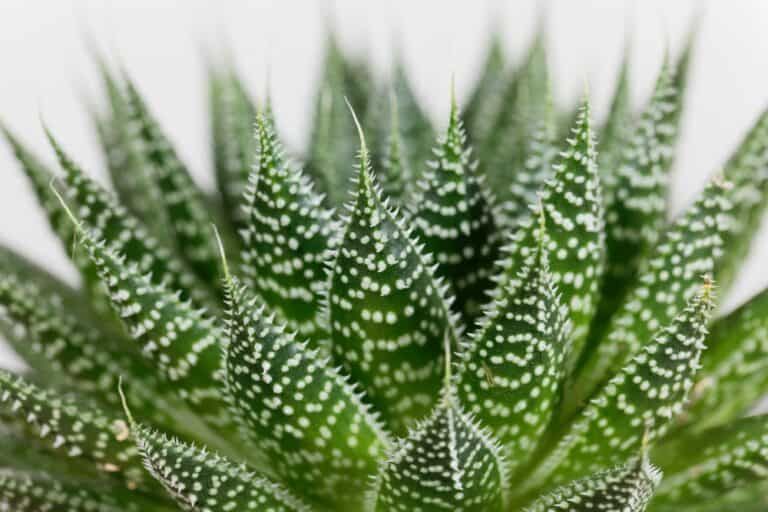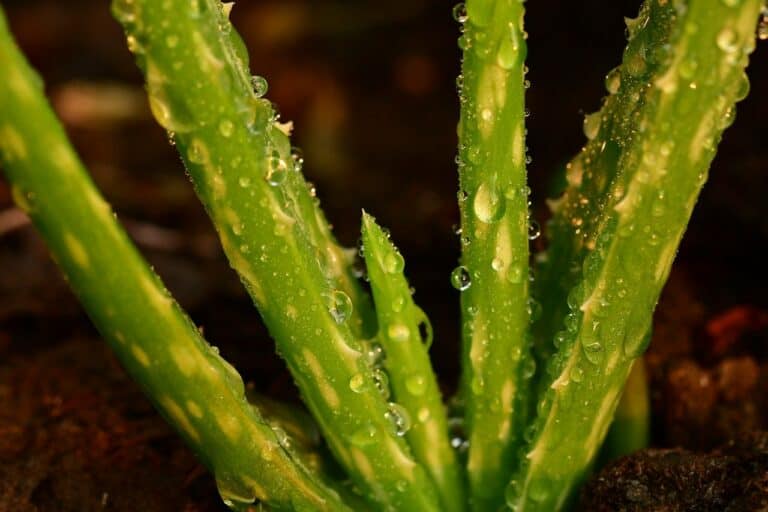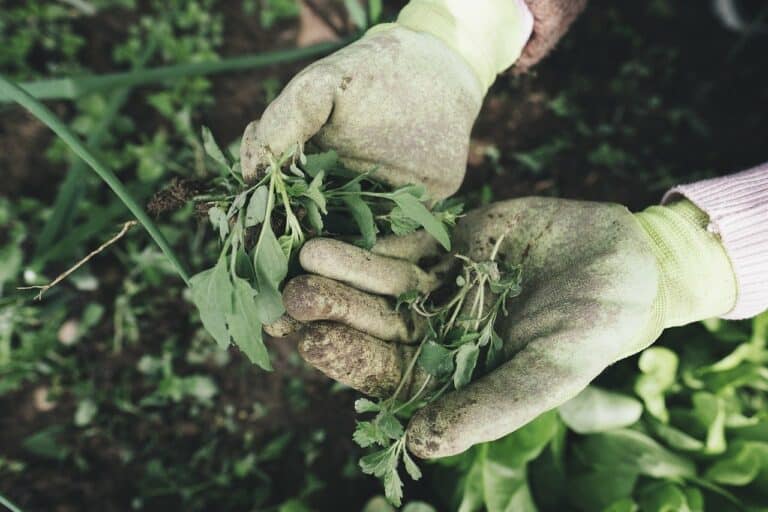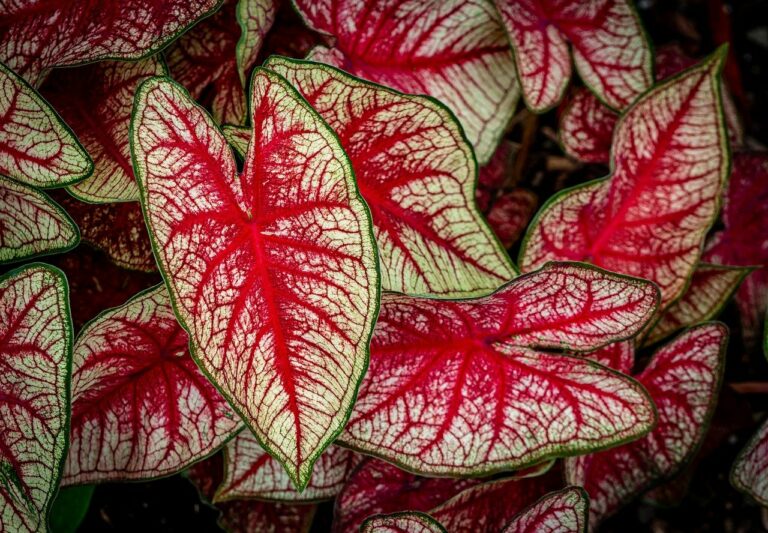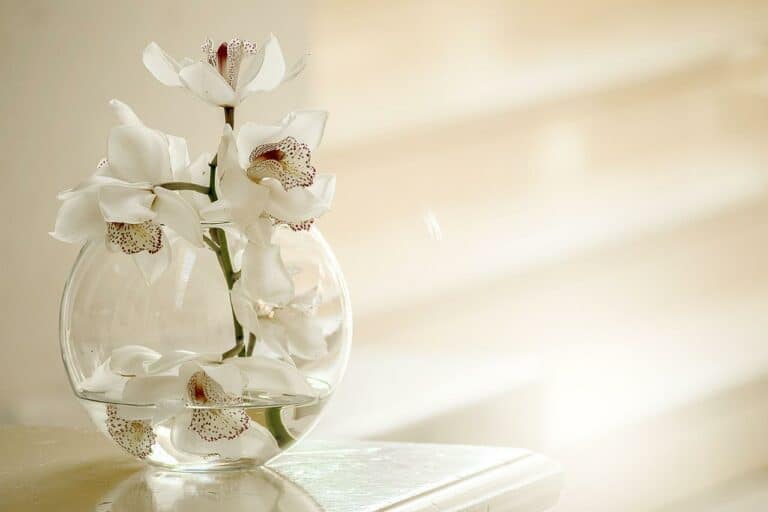Image by claudio_sm from Pixabay
Table of Contents
Aloe Barbadensis (Aloe Vera)
There is no doubt that Aloe Barbadensis is among the most well-known houseplants of all time mainly because of its distinctive form and the fact that it contains tiny drops of aloe vera gel inside its leafy green stems.
If you go into any chemist, department store, or online retailer, chances are you will see a product for sale which contain Aloe vera gel and has a picture on the packaging of this plant.
Aloe vera is one of the most recognized house plants because it produces Aloe vera gel.
We don’t recommend only buying Aloe vera plants for their supposed medicinal uses because this indoor plant is straightforward to care for, and a well cared for mature Aloe vera can look stunning.
The gel aspect may have had some benefits, so by all means, continue to keep the plant handy.
Here is a list of some of the things that you should keep in mind when growing aloe vera plants: Aloe Vera Plant Care Guide | GARDENING TIPS:
Light
Among the many benefits of aloe vera, one of the greatest is that it looks great in almost any environment. It doesn’t require much attention and will happily sit in a sunny spot or under a bright lamp without complaint. You could even put it outside in the summer months, and it won’t mind.
However, just like many plants, there are certain things that you need to know about growing aloes. We’ve been explaining what aloe vera is throughout this article, and you’ll discover that there is a lot of information that will provide you with everything you need to know about properly caring for aloe vera.
1. Watering
It’s straightforward to overdo it when watering your aloe vera plant. If you don’t give them enough water, they’ll start to look limp and wilted. The problem with giving them too much is that they will get all puffy and bloated if you do.
To avoid this problem, try giving your aloe vera plants around 1 inch (2 cm) of water every week. This will keep their leaves looking fresh and green.
2. Feeding
When feeding your aloe vera, you only need to provide it once a month. This is because most of the time, it will not use its nutrition reserves. Instead, it uses the nutrients from the soil and other plants nearby.
3. Sunlight
Aloe vera likes plenty of sunlight. Ideally, it must be exposed to direct sunlight for at least six hours daily. Since this phenomenon is widespread, if you live in a part of the world where it gets freezing during winter, you may find that your aloe vera starts to lose some of its vibrant colors.
4. Temperature
As long as you keep your aloe vera indoors, it can be kept anywhere between 60°F and 80°F (16°C-27°C). The attention you should pay to this is significant. If you live in an area that tends to be hot during the summer, you might consider placing it in a cooler room.
5. Pests
Two main pests affect aloe vera: aphids and mealy bugs. There is nothing more pleasing to an aphid than to suck sap from the leaves while mealy bugs eat away at the base of the leaf.
These insects are easily controlled by spraying insecticide on your aloe vera. However, ensure that you spread your aloe vera regularly so you don’t kill off the whole plant.
6. Diseases
Several diseases can affect aloe vera. These include black rot, crown gall, and wilt.
The fungus that causes black rot in trees is Fusarium oxysporum f. sp. niveum. This disease usually affects older leaves and stems.
As a result of a bacteria called Agrobacterium tumefaciens, crown galls are caused. This disease causes new growths to appear on the stem.
Wilt is caused by a virus called Cucumber mosaic virus. This disease makes the leaves yellow and eventually die.
7. Propagation
If you’re thinking about starting an Aloe vera garden, you should know that it takes a lot of work before you see results.
You have to wait until the plant has grown into a mature size before you can harvest it. Then you have to take the plant apart and separate the gel. Finally, you must dry the gel and store it until ready to use it.
8. Harvesting
The best way to tell when aloe vera is ready to harvest is when the leaves begin to turn brown. Once this happens, you can cut the entire plant down and let it dry.
Once the gel has dried, you can crush it with your hands or place it in a blender. You can also add honey to make it more palatable.
9. Uses
Once you’ve harvested your Aloe vera gel, you can use it in many different ways. Some people like to mix it with yogurt and drink it as a healthy snack. Others use it as a moisturizer for their skin. And others even use it as a hair conditioner!
10. Where To Buy Aloe Vera Gel?
Flowers
The Aloe family is one of the most popular plants in the world. There are over 300 species of aloes native to Africa, Asia, Australia, and Madagascar. Many grow them as houseplants because they are easy to care for and require little maintenance. But some varieties can bloom indoors too!
Aloes are perennial succulents, meaning they live for many years and don’t die off like annuals. Some types of Aloe can even flower indoors! You’ll find them growing in many nurseries and garden centers.
There are several different kinds of Aloe. Most common is the Aloe vera, known as the “Common Aloe.” This type of Aloe grows slowly and produces large leaves that are used medicinally. Another variety called Aloe barbadensis, or the “Barbados Aloe,” is often grown as a houseplant. You will see the best time for it to bloom in the spring and summer because it produces small white flowers. If you want to try growing an indoor aloe, look for a mature specimen with thick green leaves.
Once you’ve found a suitable plant, ensure it gets plenty of bright light. Keep the soil moist during dry spells, but avoid overwatering. Water in the morning to prevent evaporation. And remember to keep the roots cool. A good potting mix works best. Finally, don’t fertilize unless you see signs of disease.
If you’re lucky enough to see a bloom, cut it off immediately. Otherwise, wait until the following season to harvest. Harvesting the leaf blades will encourage new growth. Next, cut the base of the plant and place it in a sunny window. As the plant matures, it will produce new stems, which you can use again next year.


